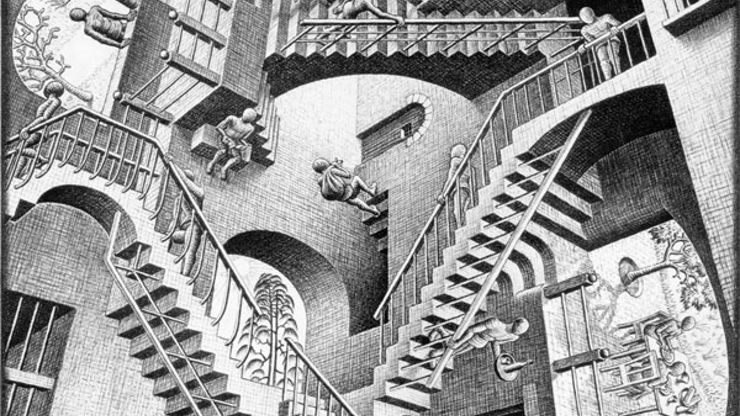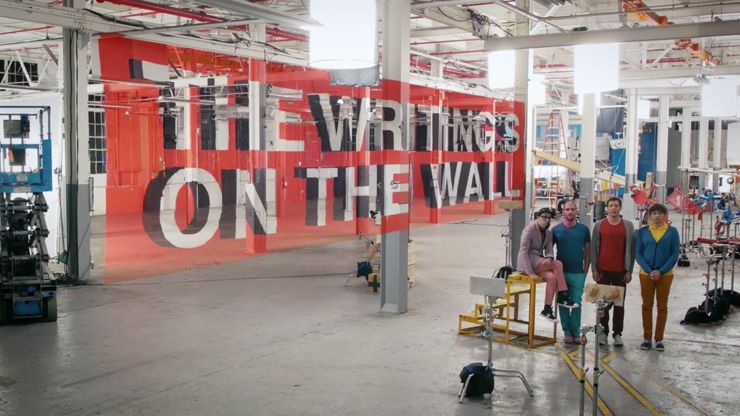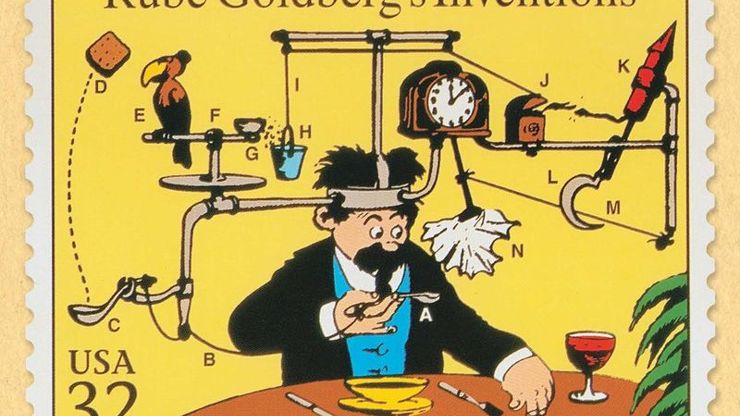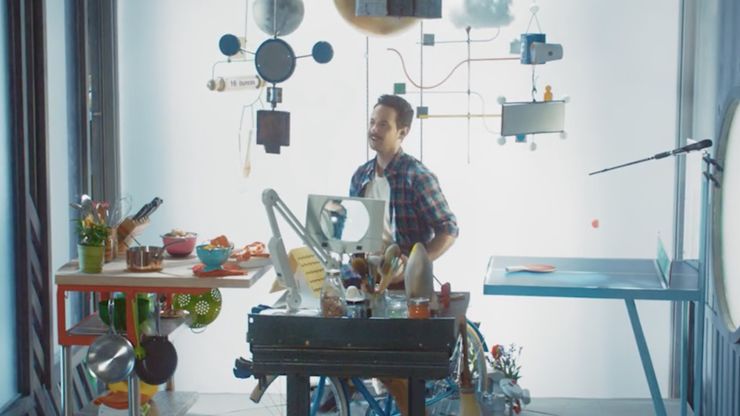)
The Art of Advertising: Sam Penfield
An Executive Producer and Partner with production company 1stAveMachine, Sam draws inspiration from surrealist and abstract pieces to bring make-believe visions to life.
A creative who sees a lot of ideas cross her work desk, Sam Penfield of 1stAveMachine looks to artists who subvert perceptions and celebrate the unexpected and unusual.
M.C. Escher
I have always been inspired by Escher, but I dug more deeply into his history when 1stAveMachine was preparing a spot for Deloitte, which included many in-camera optical illusions. In my research, I came across “The Impossible World of MC Escher” article from The Guardian which stated that in 1969, Escher sent a letter to a friend exclaiming, “The hippies of San Francisco continue to print my work illegally!”
"My concern," Varini says, "is what happens outside the vantage point of view.”
Although he doesn’t name whom exactly he’s referring to, at the time, his images were gracing the album covers of Mott the Hoople and The Scaffold, among others. The article goes on to tell the famous stories of Escher’s rebuff of Mick Jagger and Stanley Kubrick’s attempts to work with his imagery. While Escher may not have embraced pop culture, I see his influence pervade it.
Above: Relativity by M.C. Escher and a screenshot from Deloitte’s Only See Possible
Felice Varini
Another optical illusion artist who I find inspiring is Felice Varini. The Swiss artist has been creating illusions of flat graphics superimposed on three-dimensional spaces since 1979, using the eye-deceiving technique known as anamorphosis.
The complete shapes can only be seen when viewed at certain angles; otherwise the viewer will only see random broken pieces. Varini argues that the work exists as a whole with its complete shape as well as the fragments. "My concern," he says, "is what happens outside the vantage point of view.”
And let’s face it, there is almost nothing more entertaining than potential failure.
The relationship between the art and the viewer is what I love the most about optical illusions. No longer passive, the viewer now has an active role to play to uncover the truth, to perhaps discover more than one truth, and most likely to share the experience with someone else. Asking something of the viewer and simultaneously rewarding them for their participation is what I would call “healthy engagement.”
Above: Broken Hall by Felice Varini and a still from OK Go's The Writing’s On the Wall
Rube Goldberg
Rube Goldberg’s wonderful and wacky inventions have had a profound influence on my work. These inexplicably complex machines for achieving simple tasks are delightful in their inefficiency. Similar to Escher and Varini, these “cause and effect” machines ask for the viewer’s involvement – the machine itself invites questions that remain to be answered.
While Escher may not have embraced pop culture, I see his influence pervade it.
Before the machine is activated, the viewer questions the purpose of the machine and the upcoming chain reactions. We have done a fair amount of cause and effect machines and have learned to create chain reactions which include variables that are difficult to control, thereby raising the stakes and increasing the viewer’s engagement because of the risk of failure. And let’s face it, there is almost nothing more entertaining than potential failure.
The ingenuity of these artists is to be celebrated. They may not have been the first to employ these wonderful visual riddles, nor will they be the last, but one cannot deny their role in bringing these tropes to popular culture and their influence in some really wonderful advertising we see today.
)






 + membership
+ membership












